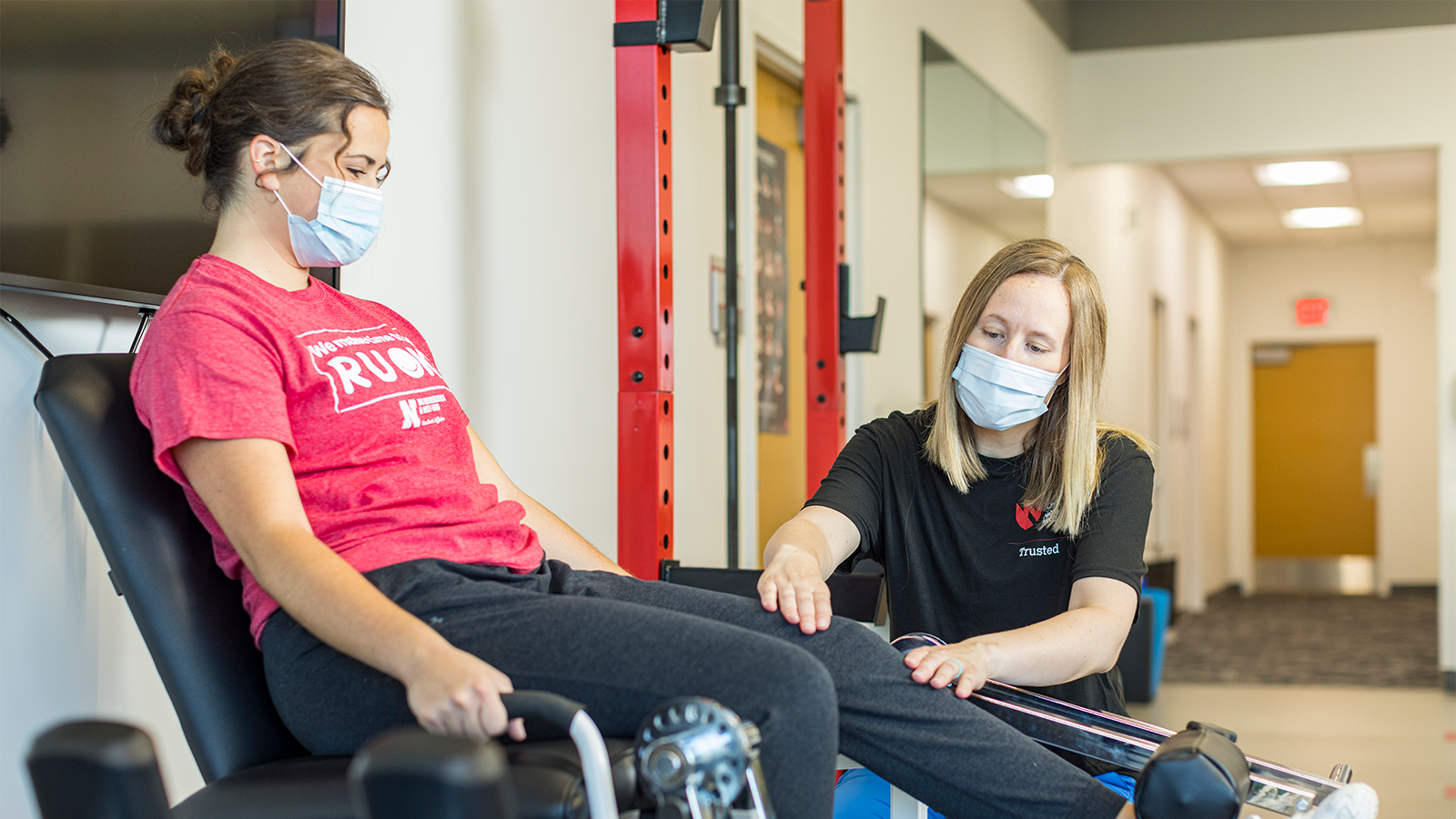One common manual therapy technique is spinal manipulation. This method involves applying precise pressure to the vertebral column to enhance positioning and decrease discomfort. Studies has demonstrated that spinal manipulation can be beneficial in managing lumbar spinal discomfort and cervical pain. Another technique is gentle connective tissue manipulation, which concentrates on reducing tightness in the muscle tissue and soft structures. This can help reduce rigidity and improve flexibility, making it easier for patients to move without discomfort. Both techniques can be customized to satisfy the individual requirements of each patient, ensuring a personalized method to care.
In furthermore to discomfort alleviation, hands-on treatment can enhance patient outcomes in various aspects. For example, it can improve circulation, which helps deliver oxygen and nutrients to the affected regions of the body. Better blood flow can also encourage healing and reduce inflammation. Furthermore, manual therapy can help patients gain enhanced physical consciousness, which is crucial for avoiding future injuries. By understanding how their bodies move, patients can make more knowledgeable choices about their activities and posture, leading to long-term advantages.
The effectiveness of manual treatment is often backed by patient responses. Numerous individuals report notable improvements in their pain intensity and overall performance after undergoing treatment. This favorable reaction can lead to greater drive for clients to participate in physical exercise and recovery exercises. When patients feel better, they are much likely to engage in their recovery journey, which can further enhance their results. This cooperative method between the therapist and the client is essential for attaining lasting results.
In summary, manual therapy techniques play a vital role in alleviating muscle and joint discomfort additional resources and enhancing patient outcomes. By applying techniques such as spinal manipulation and soft tissue mobilization, medical providers can help patients regain mobility and reduce discomfort. The advantages of hands-on therapy extend further than instant discomfort relief, as it also promotes healing and motivates clients to take an proactive role in their recovery. As more individuals look for effective treatments for muscle and joint issues, manual treatment remains to be an important option in the field of medicine.
